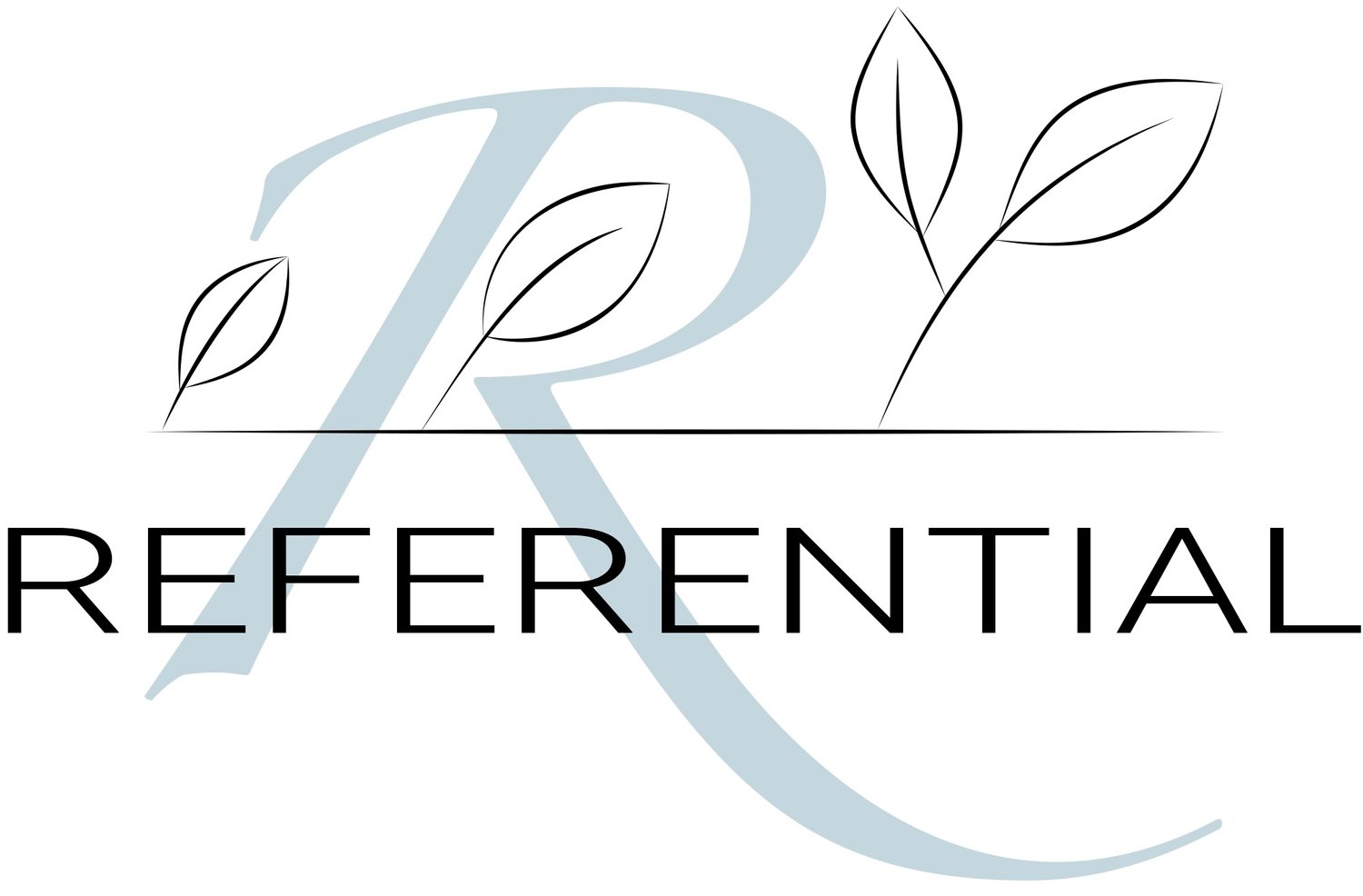Balancing Creativity and Strategy From Concept to Creation
In the latest edition of our Referential “Employee Highlight” series, the first, second and third of which you can read here, we are once again providing our global team of consultants with an opportunity to shed light on themselves and their experiences working in Customer Marketing with some of the most visionary companies around the world.
These are organized into a Q&A format, and each focuses on a specific theme, or a rotation of Referential’s 9 pillars of service. In this edition, our focus is on asset creation and management, and our discussion is with Alex Feber, our Manager of Creative Services.
How long have you been working in customer advocacy, both as a consultant and creating various assets for our clients?
It’ll be 11 years this Thanksgiving! Time flies when you’re having fun 😊.
Over that time span, how many accounts do you think you’ve worked with and how many projects have you worked on or overseen?
Generally, for the accounts, several dozen at least. We get many repeat accounts. When it comes to specific assets, it’s hard to estimate, somewhere in the thousands!
Attention to detail is obviously very important. How do you ensure timely, accurate deliverables while striving to meet and exceed client expectations?
I try to set the tone and expectations as early as possible in the process. For example, when we’re finished filming work for a client – be it in-person or virtual – we communicate the timing associated with transcribing the project and sending a clip list for them to review. Ideally, the latter is sent to them within a few days, and then it might be a week until we get a rough draft over for them to review. Prior to this, we’ve already discussed rough timelines, but reiterating those timelines as we're leaving the set is important.
When it comes to your video work, can you walk through how you approach in-person and virtual video shoots and do your approaches differ?
In terms of prep and communications beforehand, there isn’t a huge difference. Doing the due diligence of making sure we understand our client's needs and then we understand the driving factors of the interviewee is paramount to the success of the initiative, regardless of the setting of the shoot. Obviously an in-person shoot is going to require our team setting up the camera, lighting and choosing an ideal setting versus having a client set up the space themselves with us remotely assisting, but it is still the same amount of work, in terms of pre and post-production.
Can you define what you mean by pre- and post-production?
Pre-production involves understanding the key questions to ask to establish the type of video set-up: green-screen or not; interviewee sitting or standing; interviewer in camera or out of shot; second camera on a slider or stationary; interviewee looking into camera or off to the side, will a drone be needed for b-roll, etc.
Post-production entails taking raw footage that was shot, organizing the clips for maximum impact and best portrayal of the interview, adding in b-roll, music, titles, headers and footers, adjusting color, etc. and making any edits to the satisfaction of our customer and interviewee.
In your opinion, what role does creativity play in effective customer advocacy campaigns related to assets?
Being creative, and the ability to approach projects with an open mind, enhances engagement. The more you can bring the viewer into the world of the interviewee, the more likely it is that they’ll be invested in the content. Creativity is important, but also can be limited by available budget. If you're only filming at a conference, for example, capturing additional stock footage for visual diversity, such as of clients at work, might not be possible.
How do you work to stay updated in terms of technological advancements when it comes to pre- and post-production?
I enjoy following and viewing what other creative folks are doing and I explore: “Is it a certain way that something is being produced?” “Do certain camera shots make a shoot more intriguing to watch?” I recently watched a video that looked spectacular, and the interviewee was a huge advocate, there had been a lot of time and effort put into the production, and it showed. It was fun to watch.
We use drone footage on occasion too?
Absolutely. I fly a drone and have a commercial license to do so.
What is your process when approaching a client's brand identities and how do you translate that into assets or designs?
I ask them if they have any examples of videos that they like, to get an idea of where they’d like me to come from and if they have branding guidelines that need to be followed, and so we work with those as well.
Is there an asset you’ve created for a client that you're the most proud of?
We did work for a multi-billion dollar organization and some of the videos we put together were played by the CEO during their keynote at their annual conference. That was pretty cool.
What's your favorite part about your job?
I really enjoy getting to meet some truly incredible people and see some amazing things because of it. The most enjoyable aspect of my work is having the creative freedom to be able to tell an engaging story.





When launching a customer advocacy program, many teams struggle with limited tools, unclear strategies, and competing priorities. A global tax compliance company overcame these hurdles by partnering with Referential for expert platform selection, Salesforce integration, and long-term strategic support. The result: a scalable advocacy program aligned with business goals and designed to drive measurable impact.